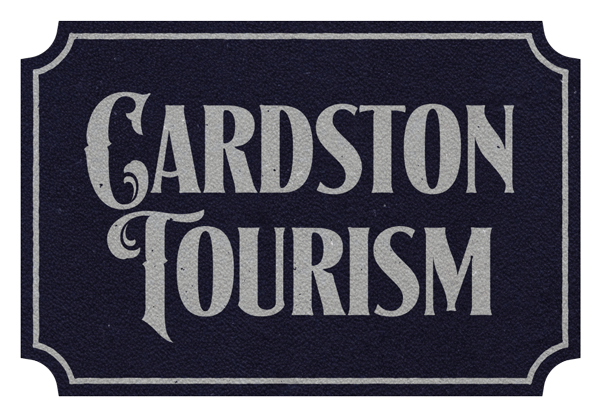Artist Interview - Bryce Many Fingers/Singer
How did you get started on the path to becoming an artist?
When I was involved with the Nitsitapiisinni Stories and Spaces: Exploring Kainai Plants and Culture project as a child, I thought it set the foundation for my artistic path. I was only in grade four, and it was during this time I learned my talents for drawing could be used in a meaningful way other than just something I did for fun. This project gave me the tools, time, and materials to be creative and explore. It also taught me about all these incredible plants that were held especially important to the Blackfoot elders in the community on the Blood Tribe. From that time on, I was fortunate to have this experience, to carry much of what I learned with me, and to be able to use all of it later in my life. Finally, when I was given the opportunity to have some of my work displayed at the Southern Alberta Art Gallery, I felt that I was ready to begin this path as an adult artist.
Where are you drawing inspiration from these days?
I draw the most inspiration from writers such as Beverly Hungry Wolf, Hugh A. Dempsey, Alicia Elliot, Richard Wagamese, Bell Hooks, and Robin Wall Kimmerer, to name a few. It’s been writers like this who have shaped the way I see the world and whose experiences have helped me to develop who I am as an artist and human being in this world. Lately, it has also been the tribal stories told by elders in Kainai that have inspired much of my work. It is vital to channel what I know now into my work and share it, especially with other emerging artists and youth. While I have mostly been playing with digital artwork in the last year, I know that painting and working with mixed media and ink are some of the mediums and tools that I’d love to surround myself with more in the coming years.
Who are some artists whose work you admire?
I love the Blackfoot arts community, and this includes Niitsitapi Artists such as Rudy Black Plume, Star Crop Eared Wolf, Lauren Crazy Bull, Seth Cardinal Dodging Horse, William Singer, Alanna Bluebird-Onespot, Evelyn Mikayla Martin, Faye Heavy Shields, and Hali Heavy Shields. There are so many. I love all these artists’ work because they are not only incredible artistic role models for myself and others to look up to, but they are all brilliant writers and thinkers and have their own styles and practices. It helps me look at these people and know where the boundaries are. When I was first starting, I didn’t know any local artists, and I often felt alone until I heard and saw more about these artists and their work. Outside this community, I am fortunate to actively run into many talented writers and artists from different backgrounds and experiences.
What conditions or surroundings help you to be creative?
I was raised mainly in the Blood tribe. So, the prairies to me will always be my home and where my heart is. It is here where I feel like I can breathe best. I love the mornings, making coffee as soon as I wake up and taking advantage of the natural light to work on any commissions or existing work that I have in front of me. Ideally, it would also be nice to live closer to the mountains or near trees, but I’m also a very adaptable person. Some of the best work I’ve done to date was completed on the kitchen table at home, so I’m usually very creative no matter where I’m placed, and I make the best out of my surroundings.
How has living in Southwest Alberta informed your practice as an artist?
Living on the Blood Reserve has not only encouraged me to include the Blackfoot language and history in my work but also allowed me to appreciate the area from an optimistic lens. As much as I am familiar with Southwest Alberta, I know that there is much more to uncover and learn here. As much as I think it’s important to visit other provinces and parts of the world, I am curious about what grows in our backyards. So, I am fortunate enough to find an abundance of history and talent as I develop as an artist.
Bryce’s art print “What Sustains Us,” is available for sale at the Cardston Visitor Information Centre at 621 Main St, Cardston, Alberta, Canada. Visit instagram.com/brycemsinger for more information about Bryce’s artistic practice.


